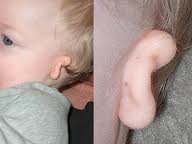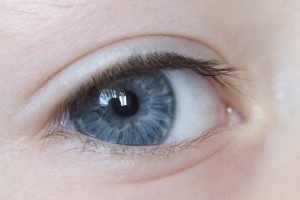Have you lost your ear or part of it? Well, new research has come to light to help with that problem! In a new study done by physicians at Weill Cornell Medical College and biomedical engineers at Cornell University, human ears can be developed to look and act just as real as the ones people are born with.
The research was conducted in hopes of developing alternatives to replacement ears, which are currently used to treat children who do not have ears or have deformed ones. The most common use of the replacement ears is to treat children who are suffering from a congenital disorder known as microtia where there are problems in ear tissue development. This results in hearing loss which varies depending on the severity of the case. The current replacement ears are of a Styrofoam base and the procedure children undergo to have them surgically attached usually comes with many challenges. The surgery can be quite painful for children and sometimes the ears do not last, work proficiently or even look natural. However, with this new study, another option will soon be available.
The Cornell team of researchers has developed a bioengineering technique that allows them to produce very human like ears. The process of making the ears for patients is actually quite a quick process and can be completed within a few weeks. First, using a combination laser scanner as well as taking a panoramic photo of the patient’s ear, a 3D image is obtained. Depending on the case, the physicians may use one of the “good” ears of a patient or it is a possibility they may construct one from scratch based on what a proper ear would look like. Next, they turn the image of the ear into a “digitized solid ear” and a 3D printer is able to construct a mirror image mold of the ear to be. Collagen is then injected into the mold, followed by the addition of approximately 250 million cartilage cells. About 15 minutes after this mixture of collagen and cartilage has been injected, the ear is ready to be removed. Lastly, the ear’s shape is perfected, and it is placed in a culture medium where it stays until the implantation.
Below is a video of Dr. Lawrence Bonassar, who was one of the key author’s describing the bioengineered ears his team has developed.
Although human implantation is still a few years away, this research is life changing. To think that a child’s hearing could be restored and that the bioengineered ears look so natural is truly a wonderful thing.
Brittany Maxwell







